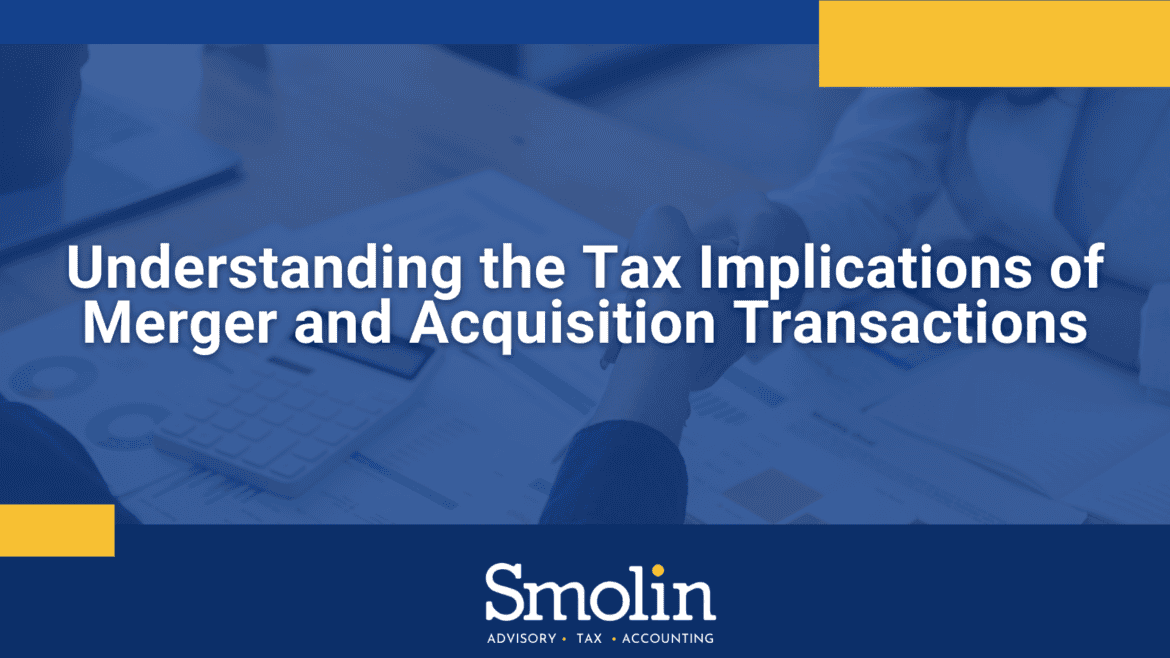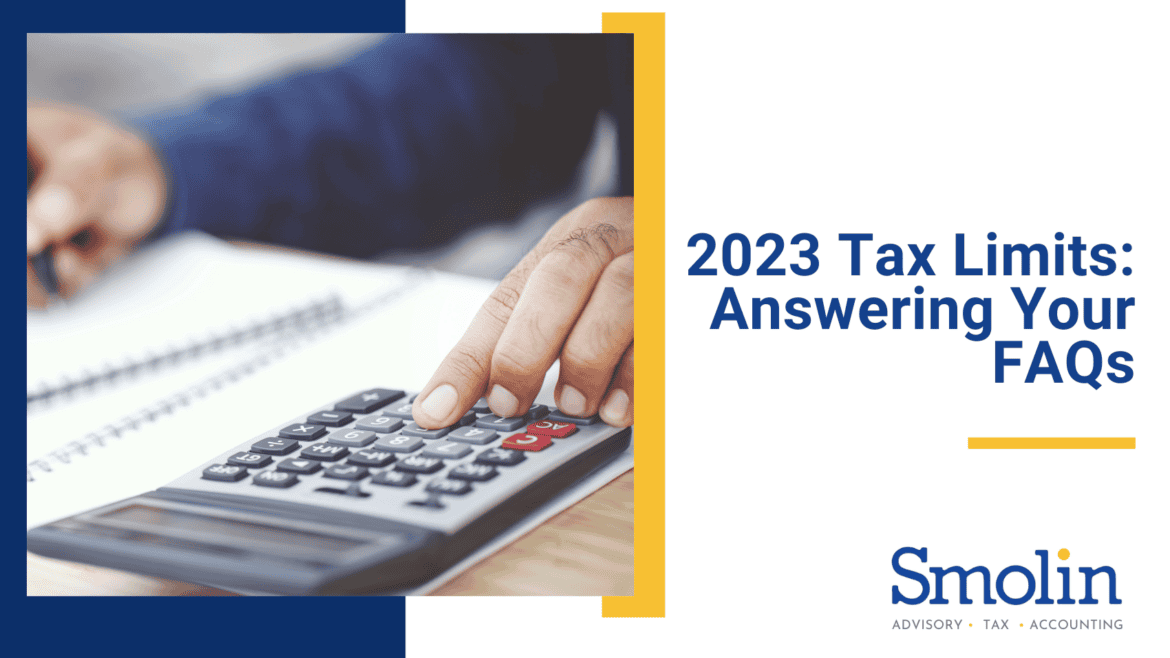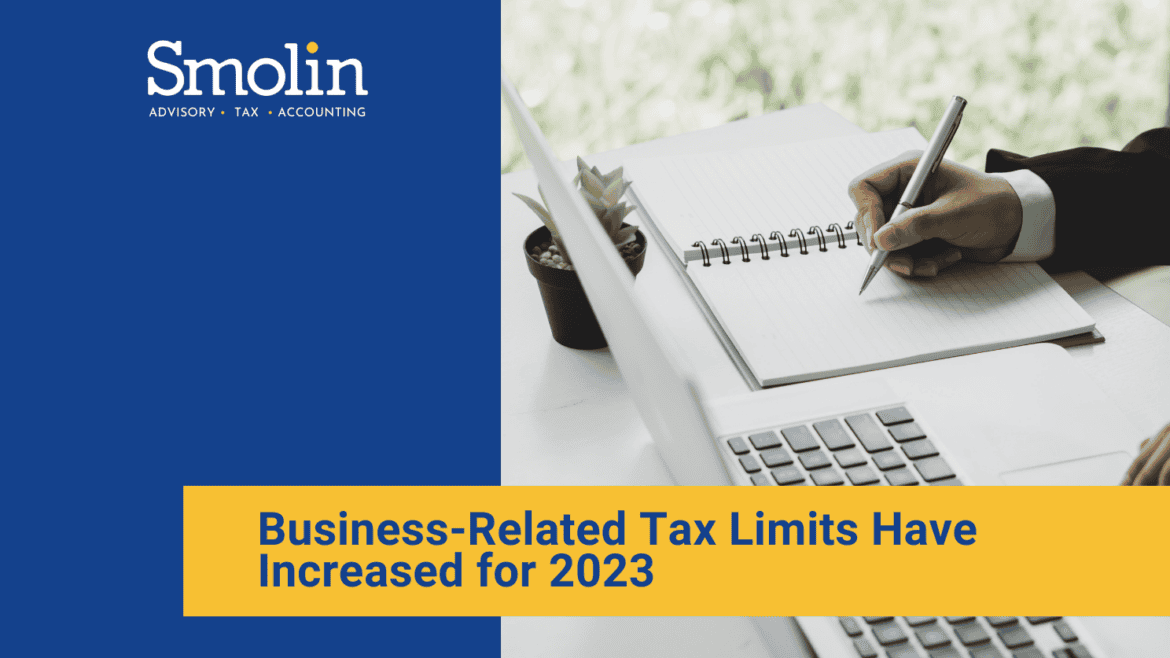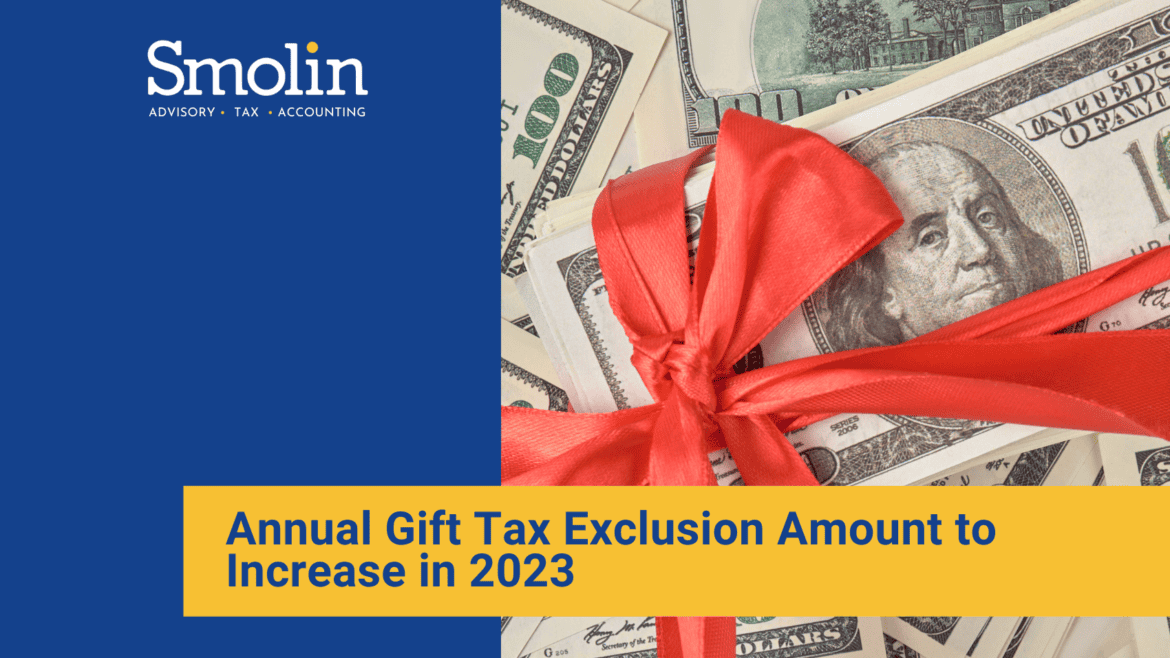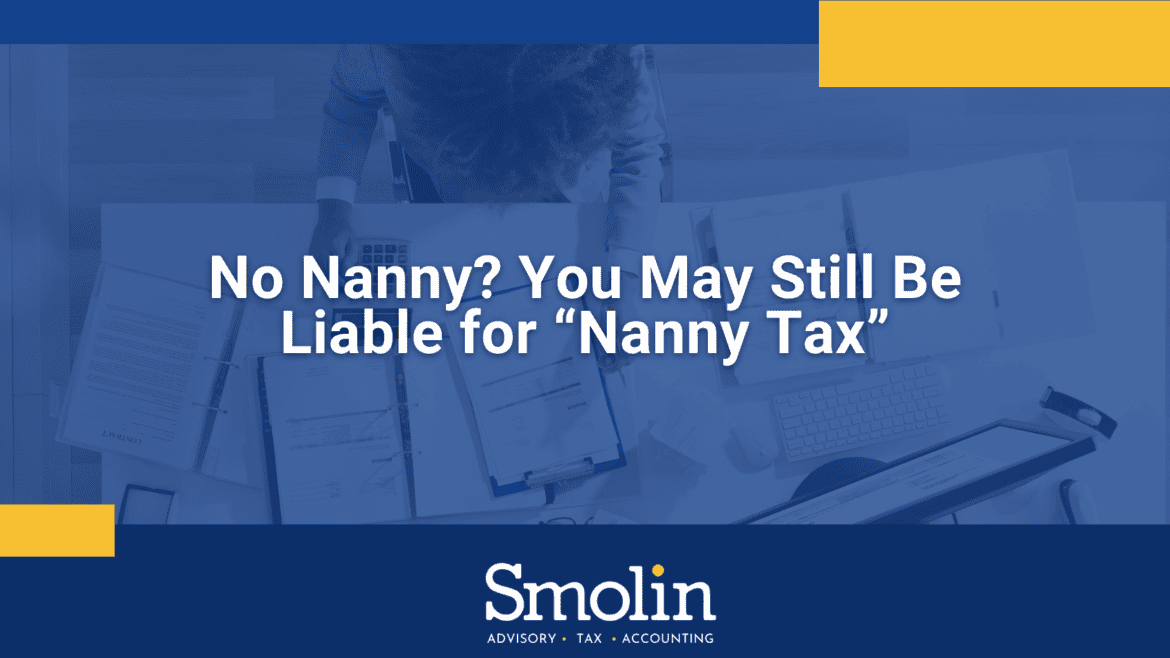As a result of rising interest rates and a slowing economy, last year’s merger and acquisition (M&A) activity decreased significantly. According to S&P Global Market Intelligence, the total value of M&A transactions in North America was down 41.4% in 2022 (compared to 2021).
But in 2023, some analysts anticipate increased M&A activity in some industries. If you’re thinking about selling or buying a business, it’s important that you understand the tax implications.
Two approaches to M&A transactions
According to current tax law, M&A transactions can be structured in one of two ways:
1. Stock/ownership interest
If the target business operates as a C- or S-corporation, a partnership, or an LLC that’s treated as a partnership for tax purposes, a buyer can directly purchase the seller’s ownership interest.
The option to buy a stock of a C-corporation may become more appealing with the current 21% corporate federal income tax rate, as the corporation will pay less tax while generating more post-tax income. Additionally, any built-in gains from appreciated corporate assets will be taxed at lower rates when sold.
Ownership interests in S-corporations, partnerships, and LLCs have also become more appealing due to the current individual federal tax rates; the passed-through income from these entities is also taxed at a lower rate on a buyer’s personal tax return. However, it’s important to note that these individual rate cuts will expire at the end of 2025.
2. Assets
Another option is to purchase the business assets, which may be ideal when a buyer only wants specific assets or product lines. If the target business is a sole proprietorship (or single-member LLC treated as a sole proprietorship for tax purposes), purchasing business assets is the only option.
Choosing the right option
The right approach to M&A transactions depends largely on the goals of those involved.
What buyers want
Buyers often prefer to purchase assets rather than ownership interests. This is because, generally, a buyer’s primary goal is to generate enough cash flow from an acquired business to be able to pay any acquisition debt while also providing an acceptable ROI. As a result, buyers tend to be concerned about limiting exposure to unknown liabilities and minimizing post-transaction taxes.
A buyer can step up—or increase—the tax basis of purchased assets to reflect the purchase cost. When certain assets (such as receivables and inventory) are sold or converted into cash, a stepped-up basis lowers taxable gains. It can also increase depreciation and amortization deductions for qualified assets.
What sellers want
Sellers generally prefer stock sales for both tax and non-tax reasons. One objective is to minimize a sale’s tax bill, often achieved by selling business ownership interests (corporate stock or partnership or LLC interests) instead of business assets.
When a stock or other ownership interest is sold, liabilities typically transfer to the buyer. Additionally, any gain on sale is often treated as lower-taxed long-term capital gain—assuming ownership interest has been held longer than one year.
Buying or selling a business? Contact a financial professional.
Buying or selling a business is a significant transaction with far-reaching impacts. If you’re considering an M&A transaction, it’s important to seek assistance from a professional before finalizing a deal—because after the transaction is complete, it may be too late to get the best tax results.
That’s where Smolin comes in. Contact us to speak to a knowledgeable tax advisor.
